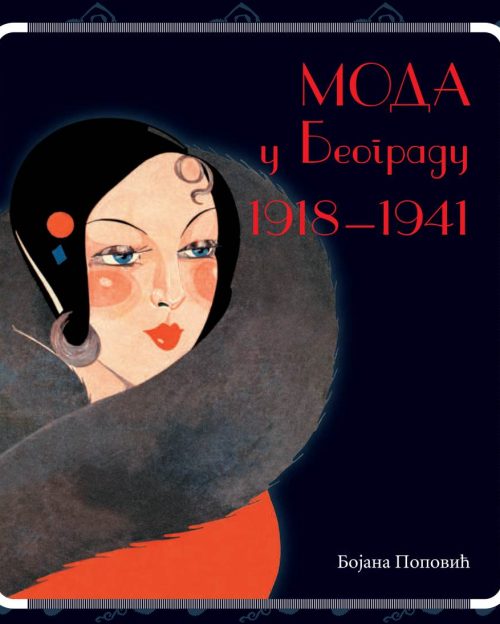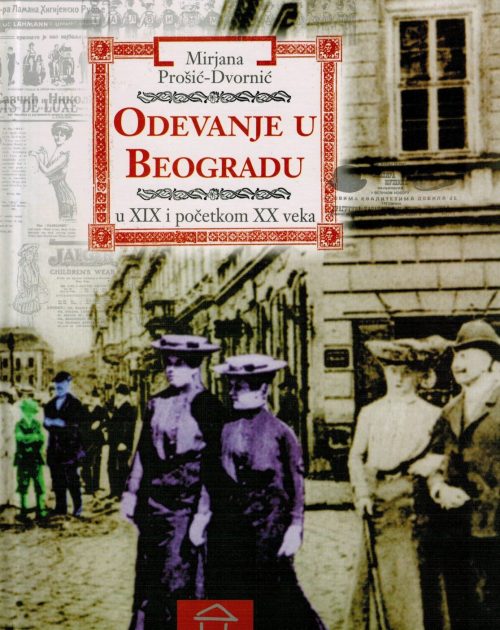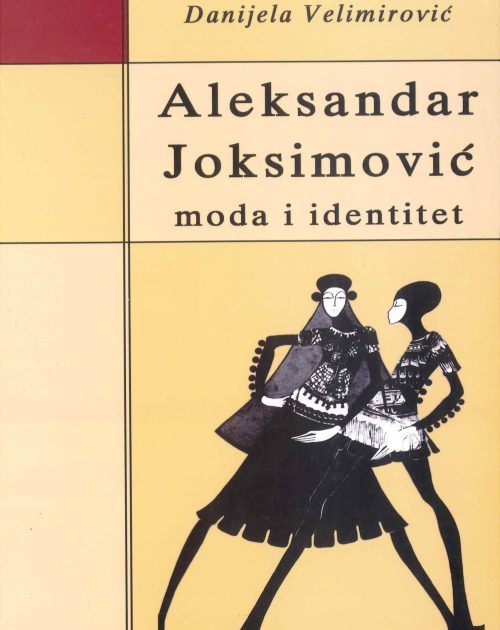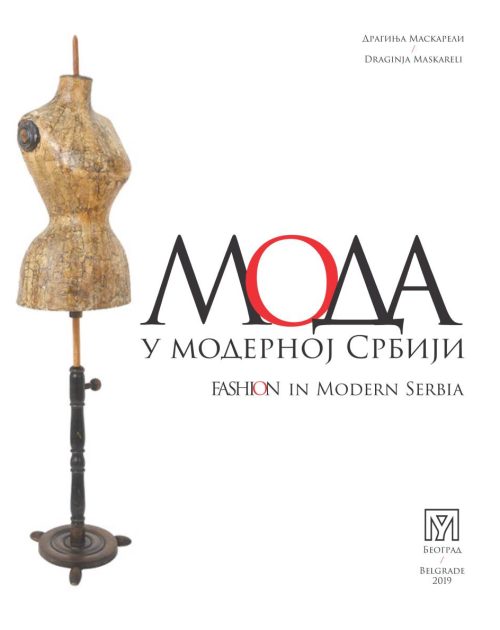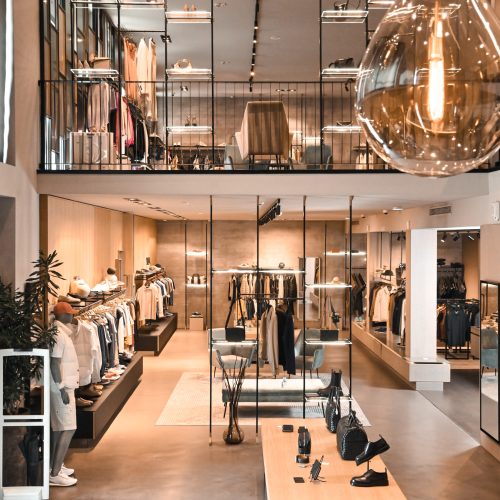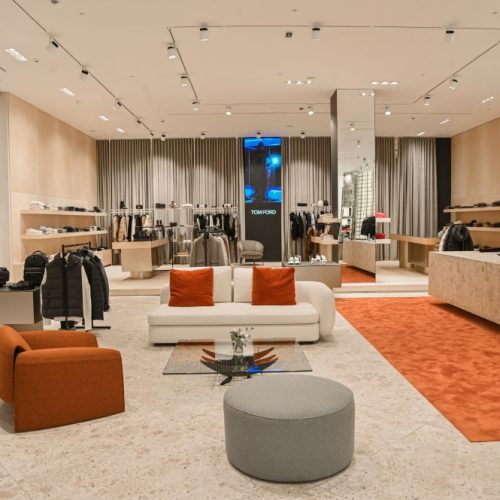Heritage
Reading in/on Fashion
Reading is always in fashion. Likewise, numerous luxury and paperback publications, with pages dedicated to a wide variety of fashion topics, can be seen in bookstore windows and shelves in Serbia and worldwide. Given that an essential part of summer preparations, besides the careful selection of clothing, also includes compiling a reading list, in this blog, we will highlight several books that, over the past decades, have contributed to the development and understanding of the dress and fashion history in Serbia.
The first history of fashion written in the Serbian language was published back in 1964 under the title Odelo i oružje (Dress and Arms). Its author, Pavle Vasić, a painter, art historian, art critic, and university professor, can today be regarded as the founder of fashion studies in Serbia. Vasić’s book was based on the lectures he gave in the History of Costume course at the Faculty of Applied Arts in Belgrade. It was conceived as a textbook for students and covered the dress history of various peoples and cultures, from ancient times to the modern era, concluding with the fashion of the 1950s. The book is richly and systematically illustrated, using a wide range of templates – from public monuments to fashion illustrations and photographs. In addition to Pavle Vasić himself, the illustrations were drawn by painter and archaeologist Rastko Vasić, as well as costume designers Zora Živadinović Davidović and Jovanka Kočoba. The significance of this publication is further confirmed by the fact that it saw two more editions, in 1974 and 1992, supplemented with new information and illustrations.
In the second half of the 20th century, in line with global museum trends, fashion began to claim its place in Serbian museums. The exhibition Gradska nošnja u Srbiji tokom XIX i početkom XX veka (Urban Dress in Serbia in the 19th and Early 20th Centuries), curated by Dobrila Stojanović, was held in 1980 at the Museum of Applied Art in Belgrade. On this occasion, Stojanović published a reference study catalogue, where she expertly contextualized fashion in Serbia in the 19th and early 20th centuries within the general history of fashion and European fashion trends. My modest contribution to the further musealization of the topic was the exhibition Fashion in Modern Serbia, held in 2019, also at the Museum of Applied Art. The accompanying catalog essay examined the development of fashion in Serbia through the lens of visual culture studies, emphasizing the pluralism of cultural models.
The seminal study by Mirjana Prošić-Dvornić Clothing in Belgrade in the 19th and Early 20th Century, published in 2006, minutely elucidates the various aspects of the process of establishing a European fashion system and its functioning in 19th-century Serbia – from the political, economic and cultural development of the state and society, through the construction of the national costume, to the market placement of fashion products. Among the publications that examined fashion within the realm of material culture, one that stands out is the book by Danijela Velimirović Kible, baklave i fistani (Gables, Baklavas, and Fistans), published in 2021. The book contains an extensive chapter on rural and urban dress among Serbs in the 19th and early 20th centuries, providing a detailed insight into the emergence and development of urban clothing models and fashion, as well as the specificities of dress in rural environments.
The cosmopolitan spirit of fashion in interwar Belgrade was revived in 2000 by Bojana Popović in the exhibition Fashion in Belgrade 1918–1941 at the Museum of Applied Art, accompanied by a rich and modernly written catalog. The image of the fashion and cultural milieu of socialist Yugoslavia was presented in 2008 by Danijela Velimirović in the book Aleksandar Joksimović: moda i identitet (Aleksandar Joksimović: Fashion and Identity), which also represents the first monograph on a fashion designer written in our region.
Surely, some of these titles (and there are many more), which can be found not only in physical and virtual bookstores and used bookstores, but also in libraries, will make for interesting additions to the reading list of any fashion enthusiast. Familiarizing ourselves with the history of fashion in Serbia not only allows us to understand the past but also enables us, as direct participants in this dynamic fashion story, to continue developing our own fashion style and identity.
Draginja Maskareli
Museum advisor – Art and Fashion Historian
Dictionary of less known terms:
Openwork – a term used in the history of visual culture for techniques that produce decoration by openings in solid materials such as metal, wood, stone, pottery, ivory, leather, or cloth.
Passementerie – the art of making trimmings or edgings, buttons, tassels, fringes, etc.
Blog
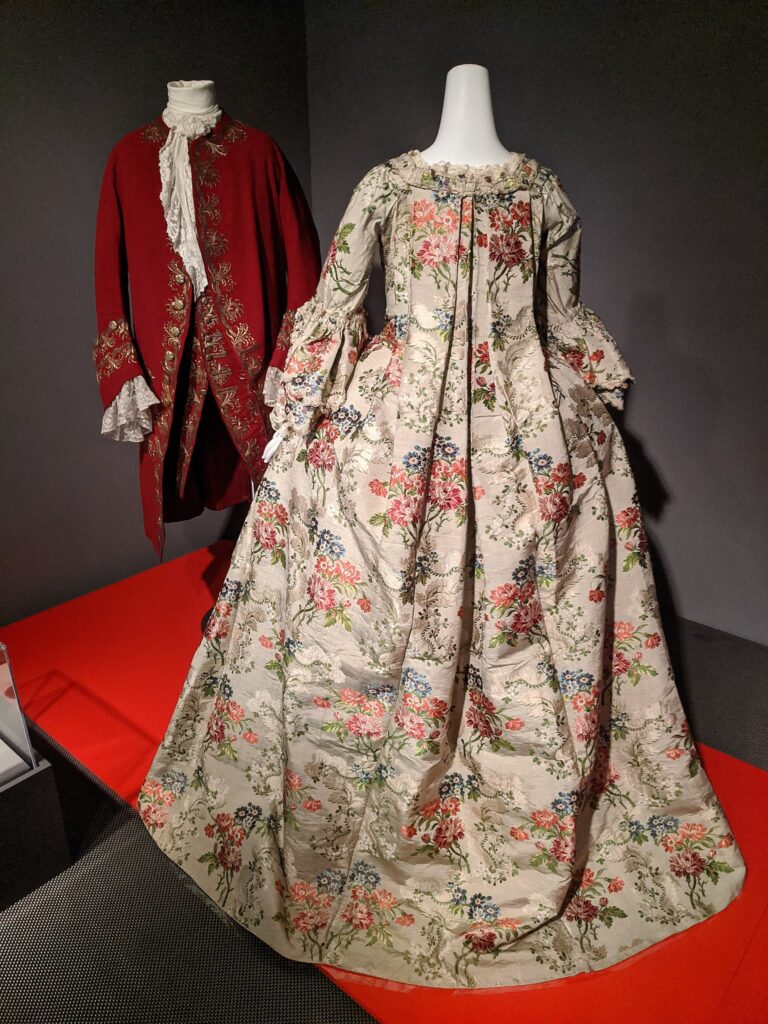
Flowers in Fashion
Due to their appealing visual appearance and complex symbolism, flowers

Art history as fashion inspiration
As visual artists, fashion designers have often drawn inspiration from

Lace in fashion
Lace is an openwork fabric with motifs tied by a

Mothers, fashion, and other stories
An interesting fashion exhibition titled M&Others, dedicated to the complex theme
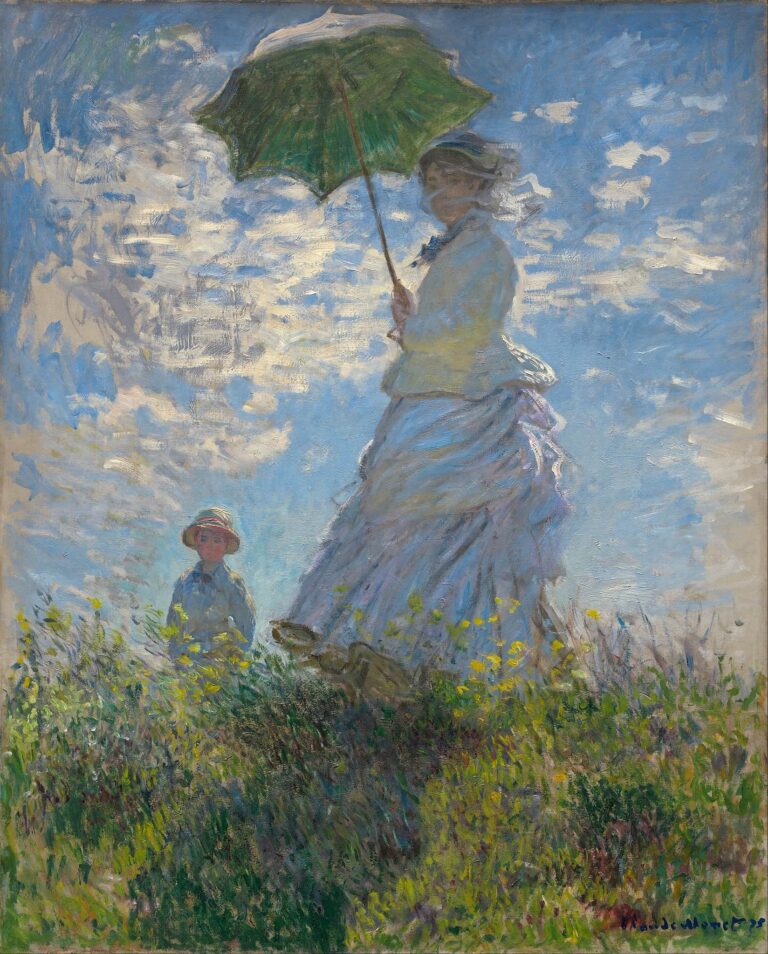
Summer, Art and Fashion
For a long time, summer has been an inspiration both
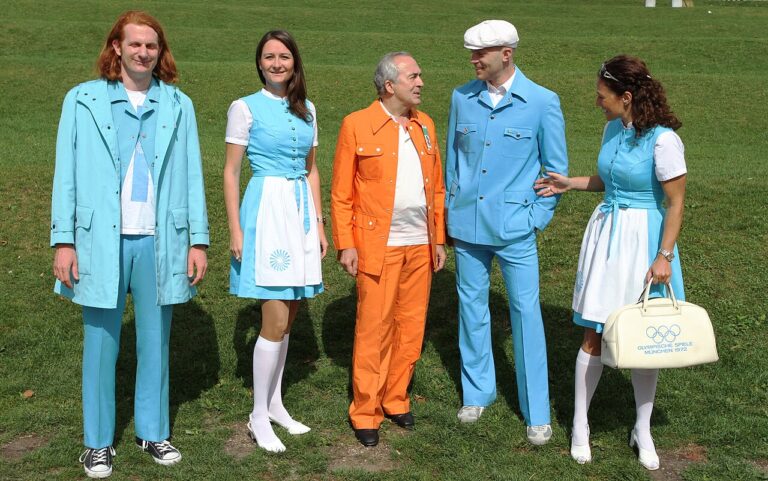
Medal-worthy style: a brief history of Olympic fashion
From July 26 to August 11, 2024, Paris, one of
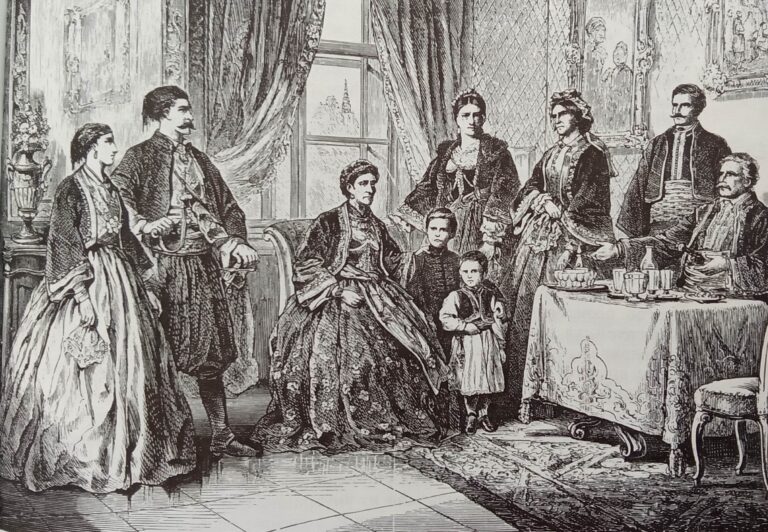
Fashion, Identity, and Culture of Living in Belgrade in the 19th and Early 20th Century: Religious Holidays and Balls
In the 19th and early 20th centuries, religious holidays were

Fashion, Identity, and Lifestyle in Belgrade in the 19th and Early 20th Century: Gatherings, Sports, Recreation, and Excursions
Social life in Belgrade developed intensely during the 19th century.

Women’s Urban Dress and National Costume in Serbia in the 19th Century
During the first decades of the 19th century, the appearance
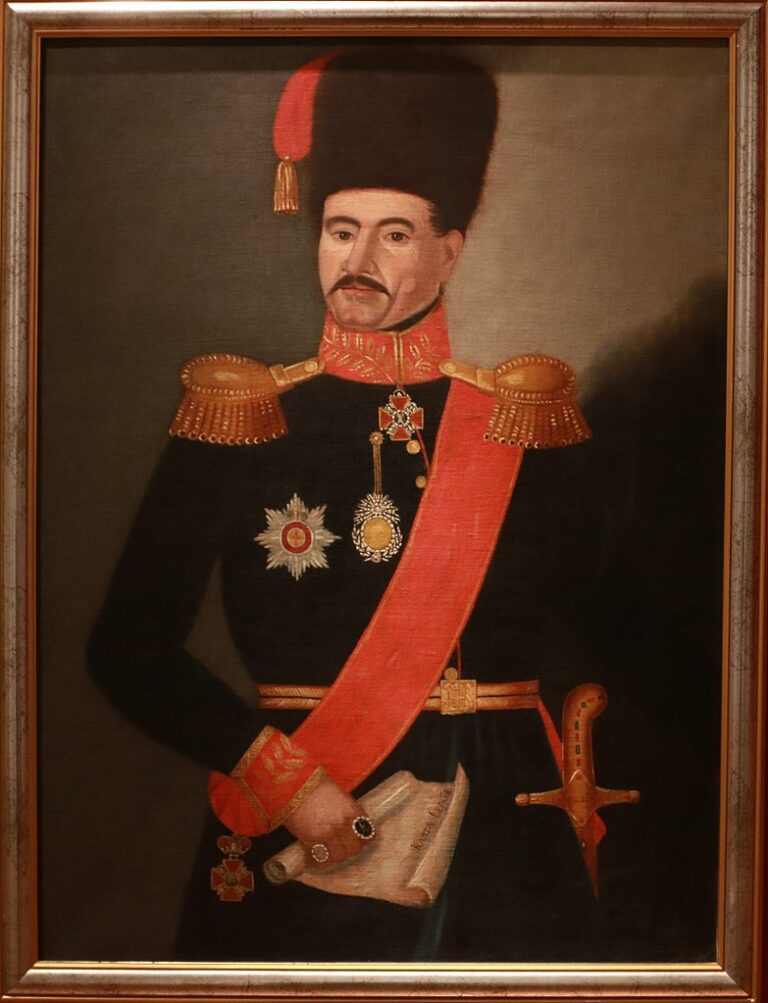
Clothing and Rulers’ Representation: Prince Miloš Obrenović
In different areas and different cultures, clothes have been used
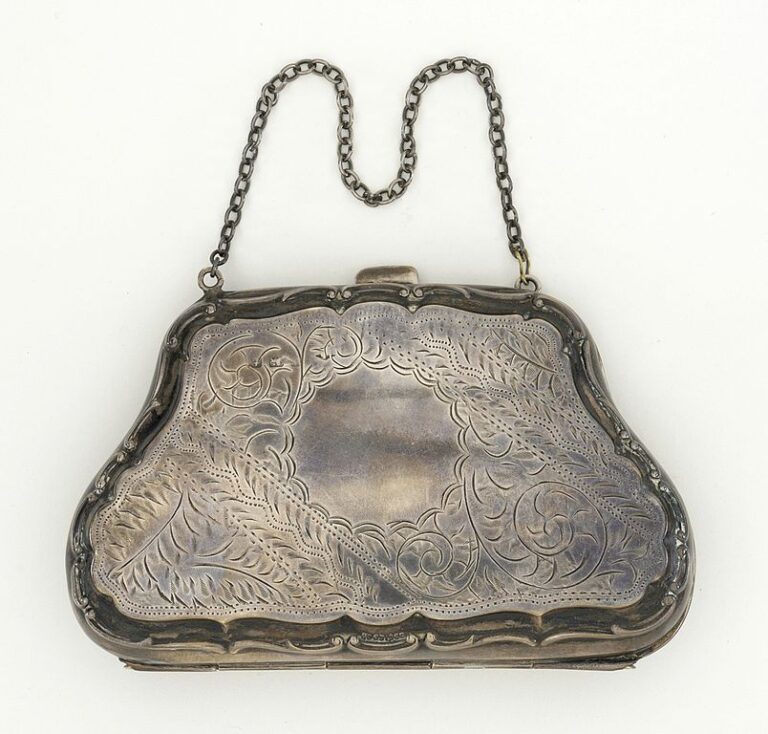
How did the women’s handbag become an important fashion accessory?
From the earliest times, handbags have been a useful addition
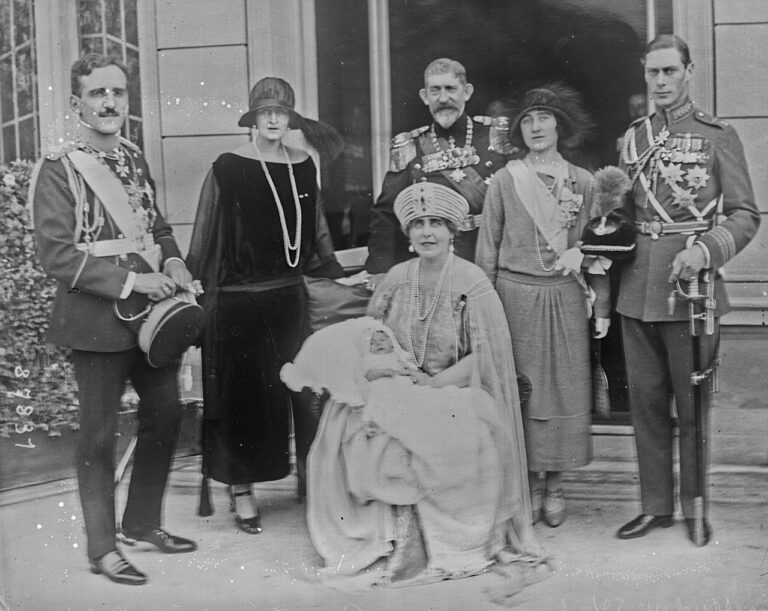
Fashion Icons of the Past: Queen Maria
Even during her upbringing, Queen Maria, as a member of

Fashion Icons of the Past: Queen Natalija
Serbian Queen Natalija had a deep interest in fashion. Although

History of Fashion and Street Style
In 1994, the Victoria and Albert Museum in London hosted
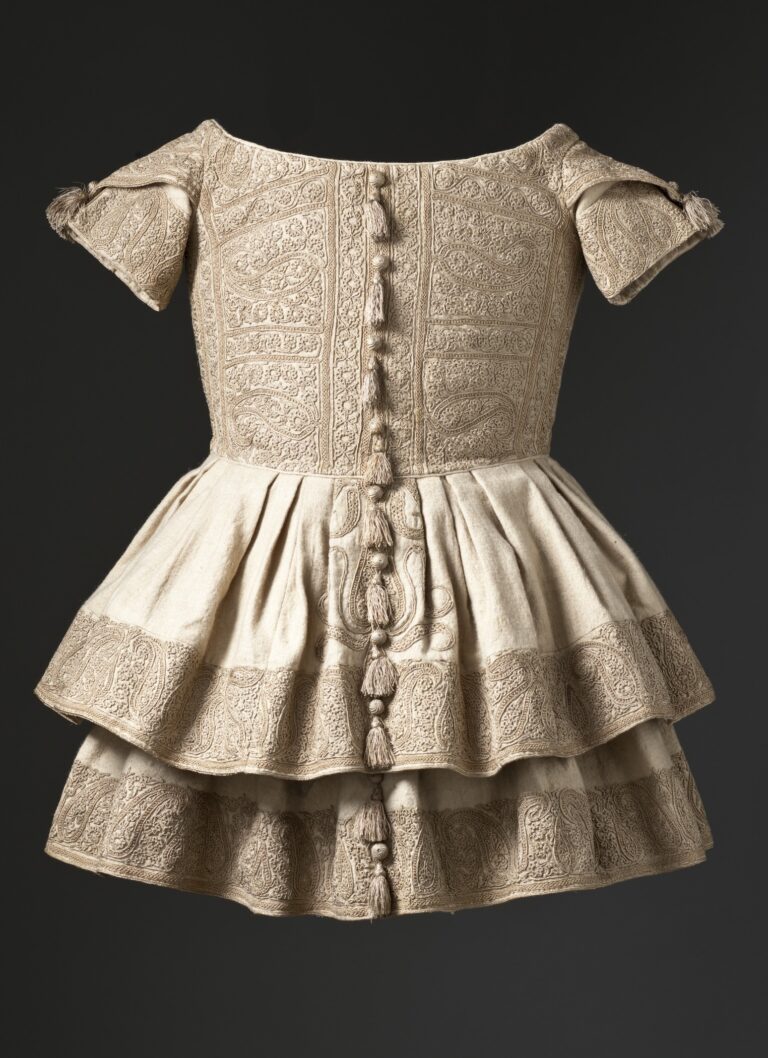
Story of Cashmere
When we mention cashmere, elegance and luxury are among the

Kashmir Shawls: Luxury and Status
Since the second half of the 17th century, the Levant
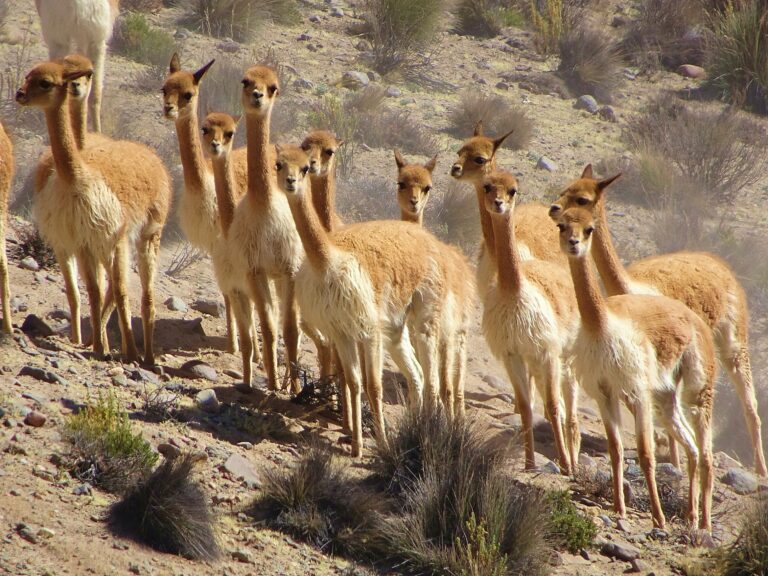
The Magic of Wool
Wool, a fiber obtained from sheep’s fleece, possesses numerous characteristics

Belgrade Tailors and the Timeless Elegance of Men’s Suits
The French Revolution swept away the opulent, aristocratic men’s fashion
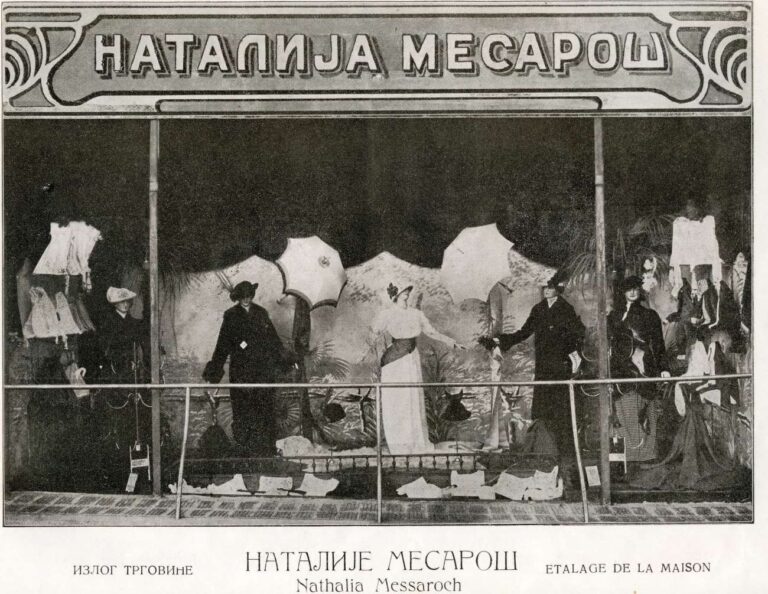
Fashion in modern Serbia
In the history of European fashion, the mid-19th century marks
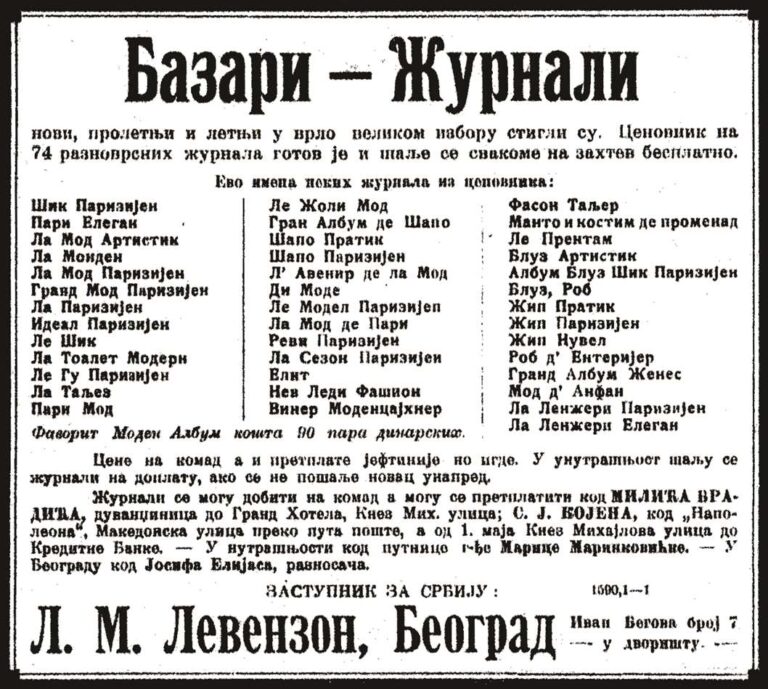
Fashion Print and Fashion Trends
During the last decades of the 19th century, various family



